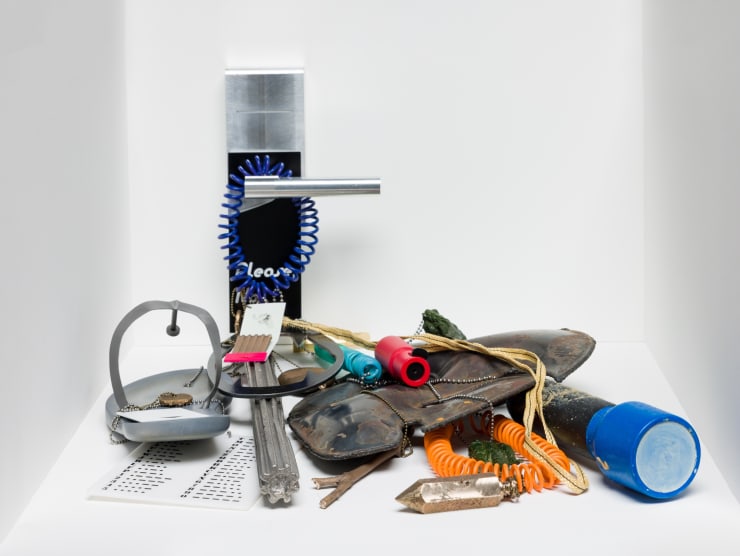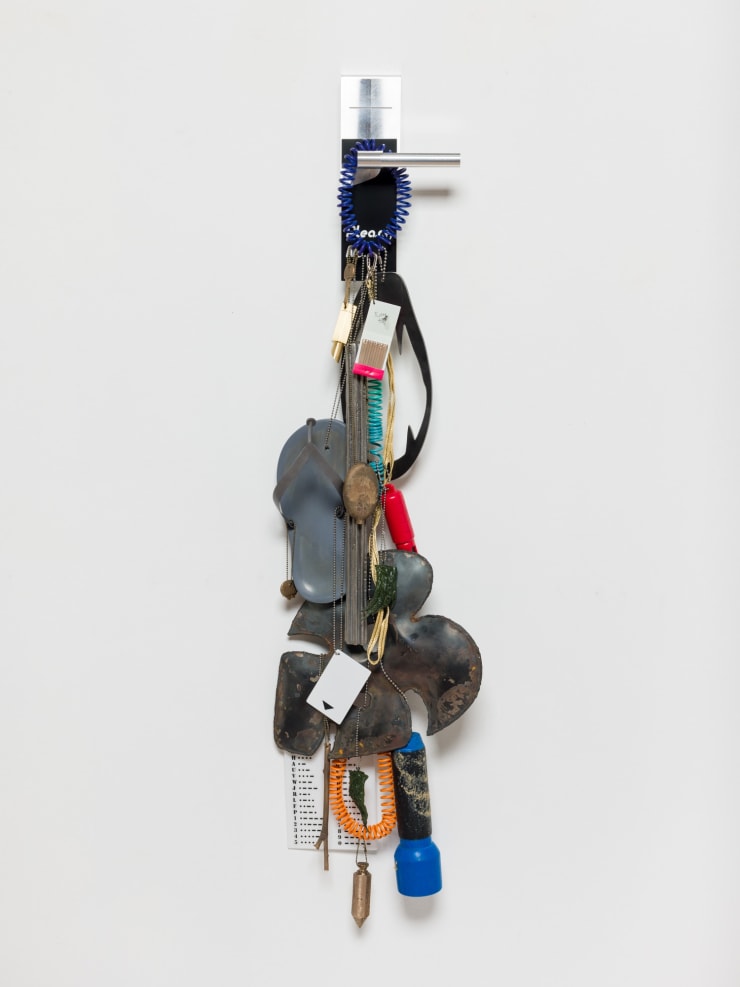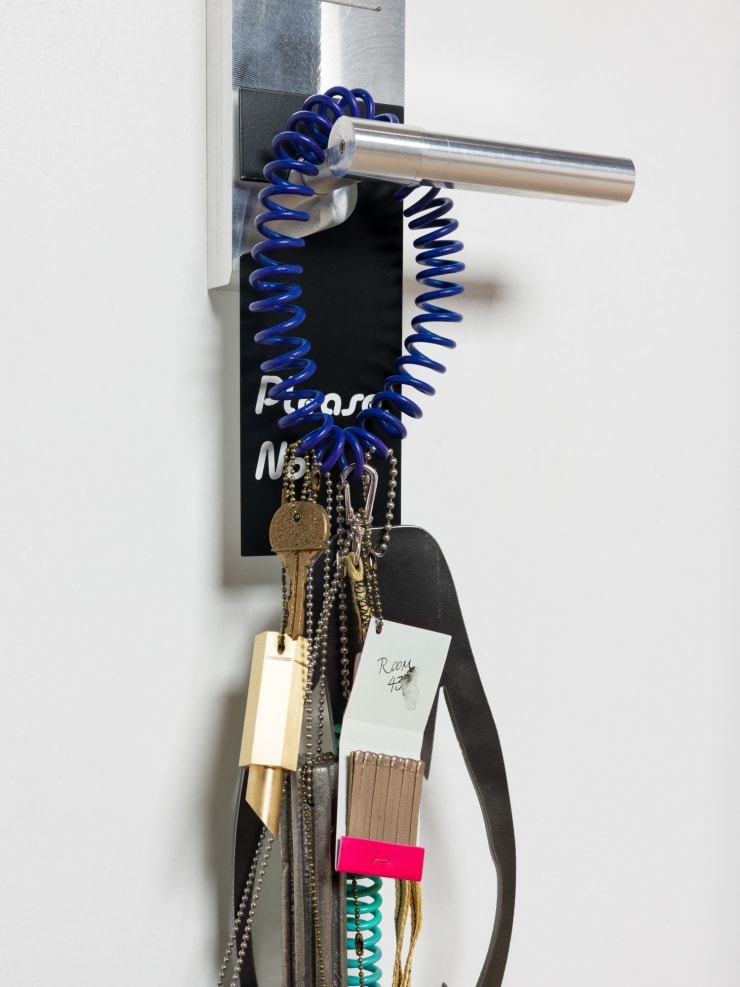Cob presents a new installation by Chicago based artist Chris Bradley for the 2024 iteration of Barely Fair during Art Week in Chicago. The invitational fair presents a tiny peek inside the programming of thirty contemporary art galleries, project spaces, and curatorial projects. Included spaces will exhibit works in 1:12 scale booths built to mimic the design of a standard fair.
Bradley presents a site specific work and a continuation of his ‘keychain’ sculpture series - where he makes exaggerated sets of keys along with their key rings and accoutrements. The artist creates these ordinary ’throw away' objects, that by proxy seek to identify their fictitious owner, from artistic materials including 3D print, steel, wood, cast bronze, aluminium and paint.
Bradley presents a site specific work and a continuation of his ‘keychain’ sculpture series - where he makes exaggerated sets of keys along with their key rings and accoutrements. The artist creates these ordinary ’throw away' objects, that by proxy seek to identify their fictitious owner, from artistic materials including 3D print, steel, wood, cast bronze, aluminium and paint.
Chris Bradley (1982) is an artist based in Chicago, IL, USA. He has presented his work in solo exhibitions at Ackerman Clarke Gallery, Museum of Contemporary Art Chicago, Shane Campbell Gallery, Roberto Paradise, and the Museum of Contemporary Art Raleigh, and has been included in group shows at the Chicago Architecture Biennial 2023, the Renaissance Society, Atlanta Contemporary, Museum of Contemporary Art Santa Barbara, Museum of Contemporary Art Detroit, and the NRW-Forum. He received his MFA degree from the School of the Art Institute of Chicago in 2010. In 2017, he was the recipient of the Meier Achievement Award. In addition to his studio practice, he is an instructor of sculpture at both SAIC and the University of Chicago. Over the past two decades, Bradley has developed a sculptural language around representation, poetics of ordinary subjects, trompe l’oeil techniques, and exhibition as site for the imagination. He aims to use this creative language to encourage his audience to practice the suspension of disbelief as a method for reconsidering and understanding this shared common world.






